Château de Foix
times
11H00
12H00
13H00 Tours in English
14H00
14H30
15H00
15H30
16H00
16H30
17H00
17H30
Information
The visit
The guided tour will allow you to discover the history of the castle over the centuries
The limestone rock on which Foix Castle is built shelters several prehistoric caves, but the rock has only really been inhabited since Gallic times and the presence of a town in Foix is not attested before the Early Middle Ages.
An abbey was built in the 9th century between the two rivers, however it was only in the 12th century that the town of Foix started to grow. The first written record mentioning the castle dates back to about the year one thousand. At that time it consisted of a single tower and its surrounding wall. This edifice then became the centre of power for the new County of Foix.
The seals of the Counts of Foix dating from the end of the 12th century represent the castle and show what it looked like at that time: a second square tower was built in addition to the original tower (11th-12th centuries) and another building was erected later to connect the two (12th-14th centuries). The famous round tower was built in the 15th century.
- The Counts
The local lords first lived in the county of Foix, before moving to Béarn at the beginning of the 14th century.
That explains why it was from Orthez that reigned the most famous of the Counts of Foix: Gaston Phoebus (1331-1343- 1391). Rich, handsome, powerful and a man of letters, Phoebus was notably the author of the Livre de la chasse. (The Book of Hunting)
In 1594, the last Count of Foix, Henry III, was crowned King of France in Chartres and became the “Good King Henri IV”. The county was annexed de facto by the crown and ceased to exist (1607).
discover









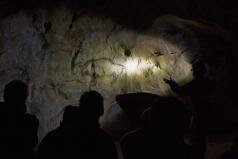
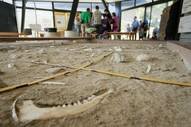


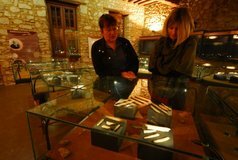
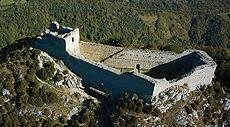



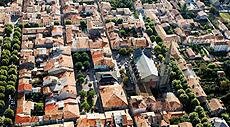

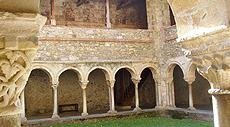

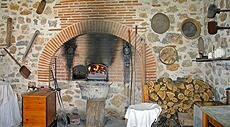









The castle of the local lords